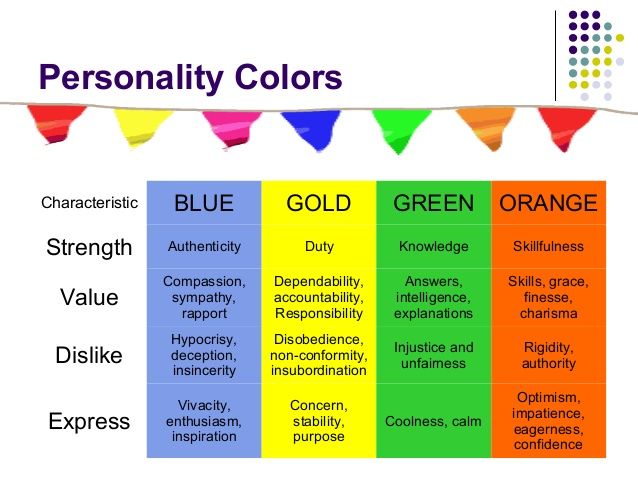The concept of color psychology is a fascinating field that explores the influence of colors on human behavior and emotions. It delves into the idea that different colors have the power to evoke specific feelings and create certain moods. From the vibrant and energetic nature of red, to the calming and serene qualities of blue, each color carries its own psychological impact. Color psychology is not only limited to visual aesthetics. But it also extends to various industries such as marketing, interior design, and even therapy. In this blog, we will explore the basics of color psychology, including colors & their connotations, the influence of colors on emotions, the meaning of colors across different cultures & contexts, and their usage in branding.
Understanding the psychological effects of colors can be incredibly useful in creating impactful designs, influencing consumer behavior, and enhancing the overall well-being of individuals. By delving into the nuanced world of color psychology, we can gain a deeper understanding of how colors shape our thoughts, feelings, and experiences.
Basics of Color Psychology
1. Color Connotations
The meanings of colors can vary across various cultures. Some colors may have positive associations in certain cultures, while others may have negative connotations. It is important to understand these cultural differences when utilizing color psychology in branding and marketing.
In the West, for example, majority of people associate the color red with love, passion, and energy. In fact, it is one of the most favorable colors in branding, and marketer use it to attract attention and create a sense of excitement. On the other hand, in some Eastern cultures associate the red color with luck and fortune. Therefore, it would be important to consider cultural differences when determining the color palette for a brand targeting a specific market.
The meanings of colors can also vary depending on their context. For example, in the Western Cultures, most of the people associate White with purity & innocence. But in the Asian Cultures, some cultures associate the White Color with mourning & death. Therefore, marketers need to take into consideration the context of the brand and the cultural background of the target audience when selecting the appropriate colors for their campaigns.


2. Color and Emotions
Colors have a powerful impact on our emotions. Certain colors can trigger feelings of happiness, calmness, or aggression. We can attribute this impact to the evolutionary link between colors and survival.
For example, the color red is often associated with passion, excitement, and a sense of urgency. It is often used to grab attention and stimulate the senses. On the other hand, the color blue is often associated with calmness, trust, and dependability. Brands often use shades of blue in their logos and promotional materials to create a feeling of trustworthiness and trustworthiness.
The influence of colors on mood can be further explored in the psychology of color. Different colors can evoke different emotions, and understanding these associations can help marketers choose the right colors for their campaigns.
Also Read: 5 Secrets That Must Know Before Choosing the Right Paint Colors for Small Rooms
3. Color and Branding
Colors play a critical role in branding and marketing. They can help create a brand identity, influence purchasing decisions, and convey a specific message or feeling. Color psychology plays a crucial role in effective branding, as colors can have a significant impact on how consumers perceive a brand.
When developing a new brand identity, we need to select colors carefully. Since each color is capable of evoking certain emotions and associations. For example, a brand targeting young and energetic consumers may opt for a bold and vibrant color palette, while a brand targeting mature and responsible consumers may opt for muted and conservative colors.
Colors also serve the purpose of differentiating brands in a crowded market. For instance, in the food and beverage industry, different brands may use different colors for their packaging to signify different flavor profiles or nutritional values. This allows consumers to easily identify the brand and make informed choices. And if you want to bolster your brand’s presence, Professional Office Painting Services can help you do it in an effective manner.
Conclusion: Why Does the Basics of Color Psychology Matter?
In conclusion, color psychology is a fascinating field of study that has significant implications for branding and marketing. Understanding the basics of color psychology and their effects on human behavior can help marketers create effective campaigns and resonate with their target audience. By carefully selecting colors and considering their meanings in various cultural contexts, brands can effectively communicate their messages and create a distinct identity in the market.
